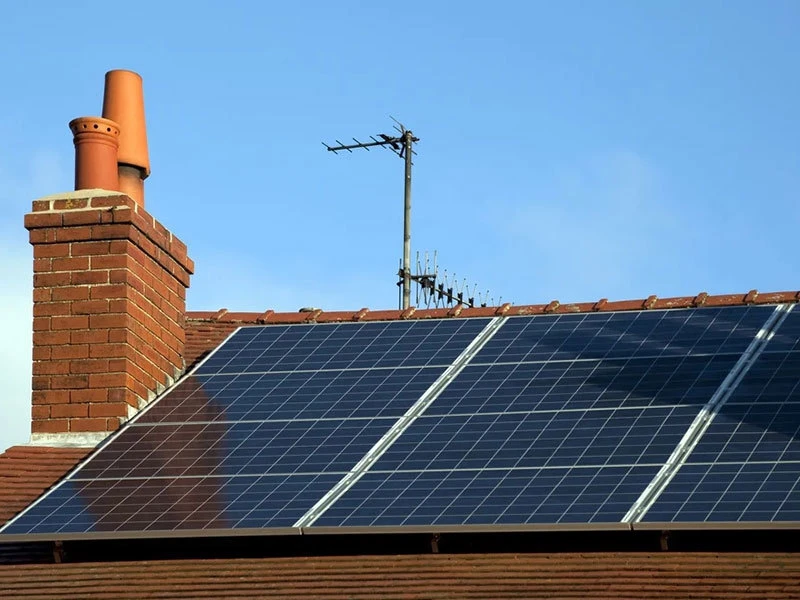Bifacial Mono PERC Solar Panels - High Efficiency and Sustainability
Understanding Bifacial Mono PERC Technology in Solar Energy
In recent years, the photovoltaic (PV) industry has experienced rapid advancements, particularly with the emergence of bifacial mono PERC (Passivated Emitter and Rear Cell) technology. This innovation represents a significant step forward in solar energy efficiency and utilization, positioning itself as a key player in the transition towards sustainable energy solutions.
Bifacial solar panels are distinguished from their traditional counterparts by their ability to capture sunlight from both sides. This dual-sided design allows them to harness reflected sunlight from the ground, which can significantly boost energy generation, particularly in environments with high albedo, such as snowy regions or sandy deserts. This feature alone increases the overall energy yield compared to monofacial panels, making bifacial technology an attractive option for both residential and commercial applications.
Understanding Bifacial Mono PERC Technology in Solar Energy
The combination of bifacial and mono PERC features results in a product that can yield more energy per installed watt, thereby reducing the cost per kilowatt-hour in large-scale solar installations. This is particularly beneficial for utility-scale projects where maximizing energy output is essential for financial viability. Moreover, the durability and longevity of bifacial mono PERC panels are enhanced, with warranties often exceeding 25 years. This longevity ensures that investors and homeowners can enjoy a reliable source of energy for decades.
bifacial mono perc

Another noteworthy aspect of bifacial mono PERC technology is its versatility. These panels can be installed in various configurations, including ground-mounted systems, rooftop installations, and even vertical bifacial arrays. The landscape around these installations plays a significant role in their performance; for instance, optimizing the angle and height of installation can maximize the amount of reflected sunlight captured by the rear side of the panels.
In terms of environmental impact, bifacial mono PERC panels offer a sustainable solution to energy needs. The higher energy output not only helps to meet growing energy demands but also contributes to the reduction of carbon emissions. As countries across the globe strive to achieve net-zero targets, the deployment of advanced solar technologies like bifacial mono PERC is crucial.
However, it’s essential to note that while bifacial mono PERC panels exhibit outstanding performance potential, they do come with a higher initial investment compared to traditional panels. Calculating the return on investment for these systems requires careful analysis, considering local sunlight conditions, installation costs, and energy prices.
In conclusion, bifacial mono PERC technology is reshaping the landscape of solar energy production, making it a compelling choice for maximizing efficiency and sustainability. As the global push for renewable energy continues to gain momentum, innovations like bifacial mono PERC will play a pivotal role in driving the transition towards a greener future. Stakeholders in the energy sector must consider these advancements as they plan for a sustainable energy landscape.
-
Understanding the Advantages of Solar String Inverters for Your Energy SystemNewsApr.29,2025
-
Choosing the Right PV Inverter: A Comprehensive GuideNewsApr.29,2025
-
The Future of Solar Power: Exploring Bifacial Solar PanelsNewsApr.29,2025
-
The Complete Guide to Solar Panels: Efficiency, Cost, And InstallationNewsApr.29,2025
-
The Best Options for Efficiency and Cost-EffectivenessNewsApr.29,2025
-
Harnessing the Power of Off-Grid Solar Inverters for Energy IndependenceNewsApr.29,2025







